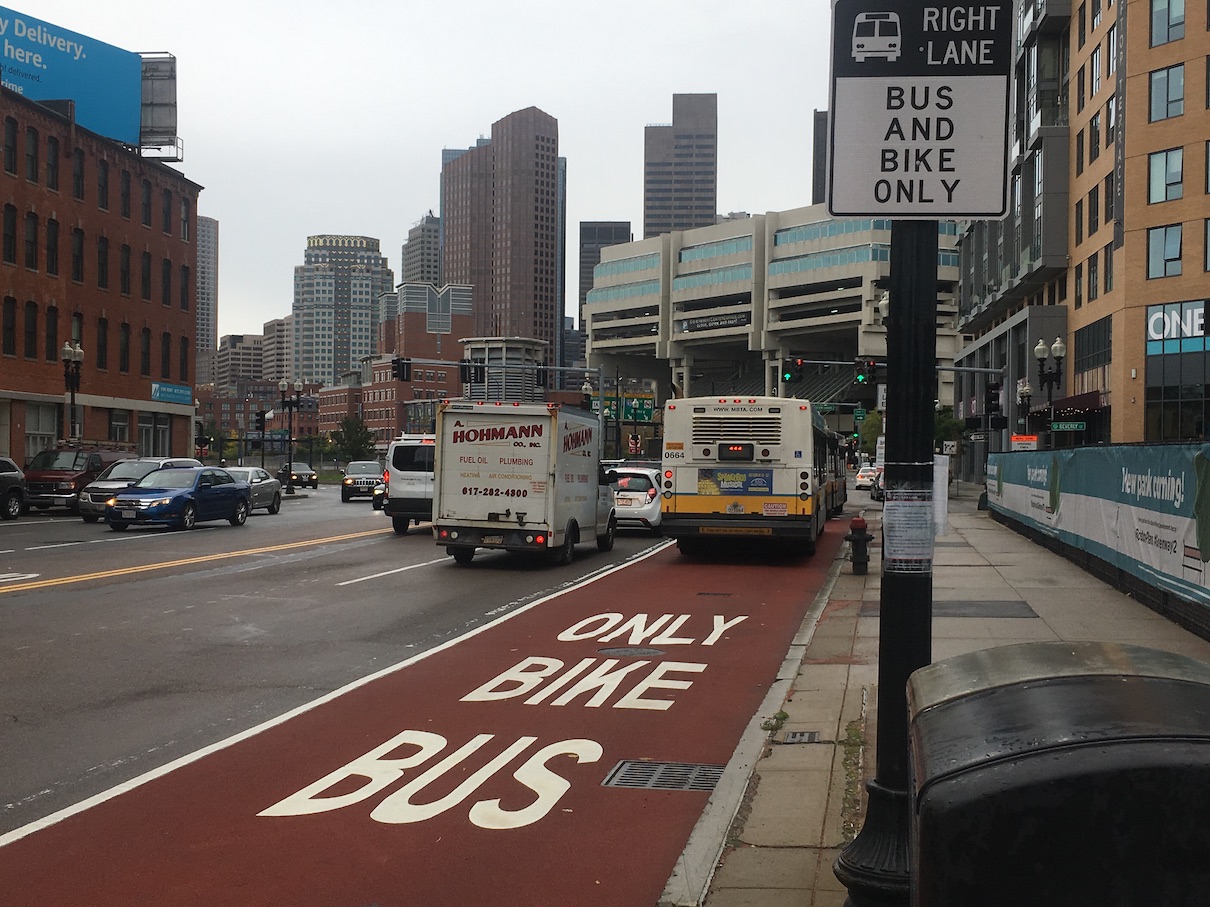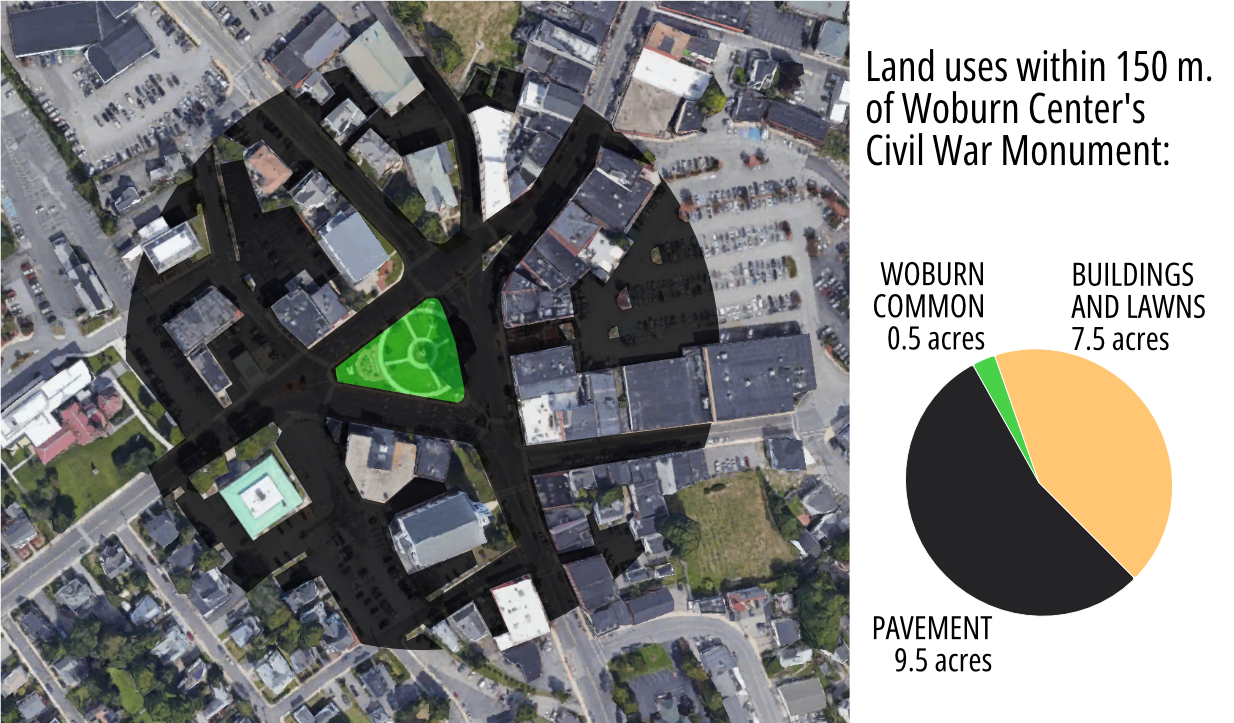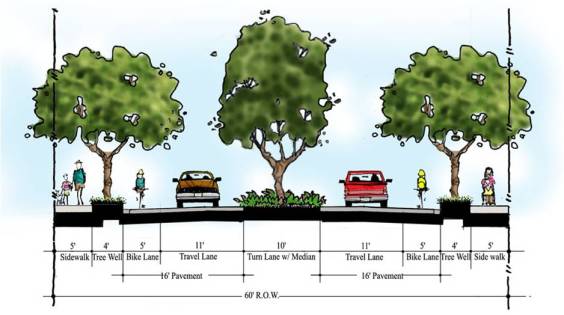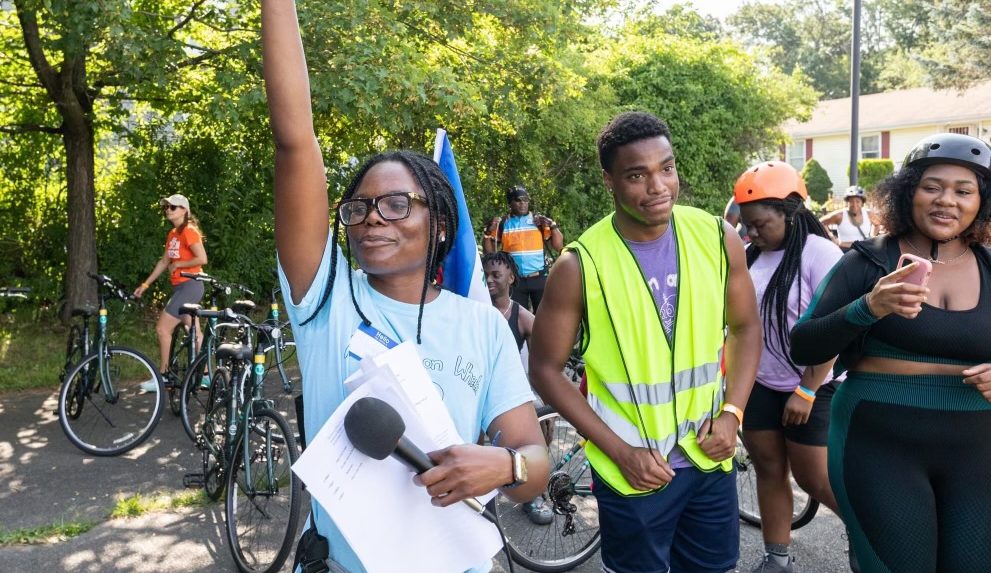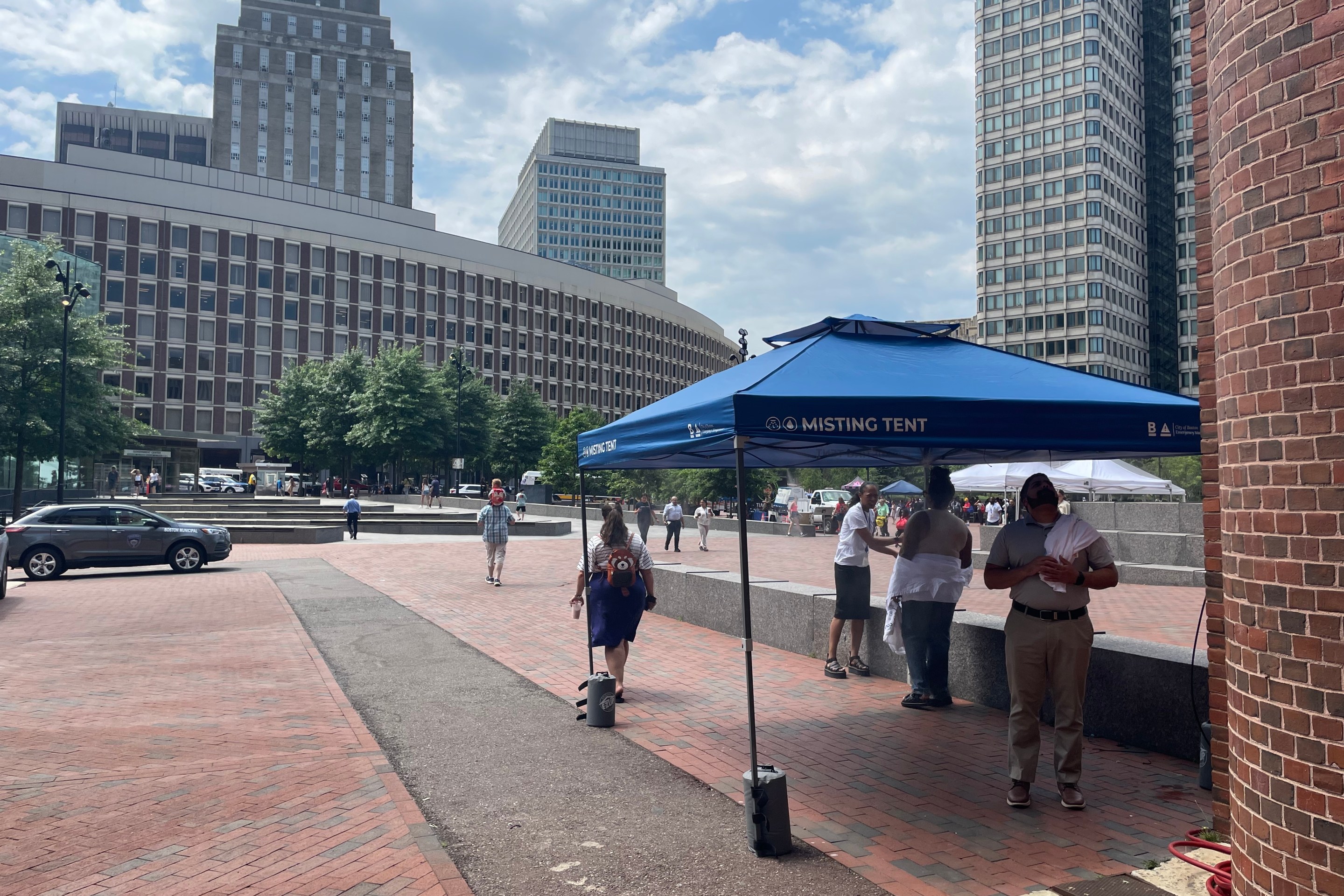Across-the-board MBTA service cuts that took effect today are likely to make "social distancing" more difficult on routes that serve lower-income neighborhoods, according to ridership data from the T's Office of Performance Management and Innovation.
Starting this morning, the T reduced subway, bus, and commuter rail services in an effort to reduce the risks of COVID-19 exposure to its employees and riders. Buses (except long-haul commuter routes) are generally running on Saturday schedules, while subway trips have been reduced to run every 7 to 14 minutes.
In a press statement, the T reported "recent reductions in ridership" as universities have shut down and more people have started working from home in the past week. But the agency also promised that "the MBTA will operate at levels that support social distancing" by running enough buses and trains to avoid crowding.
A blog post from the T's Office of Performance Management and Innovation (OPMI) was meant to back up that decision with ridership data from the past week.
Those statistics show that station entries on gated rapid transit stations were down significantly last week compared to the last week of February: there were 20 percent fewer entries on Wednesday the 11th, 32 percent fewer on Thursday the 12th, and 48 percent fewer on Friday the 13th.
But the OPMI post told a different story for the T's bus routes, which serve a higher rate of low-income riders than the rail system. Total bus ridership had declined by about 32 percent as of last Friday compared to the last week of February. And several key bus routes saw much smaller declines in ridership:

The OPMI data show that bus ridership has declined the least among bus routes that serve neighborhoods of color – including the 28 along Blue Hill Ave., the SL5 to Nubian Square, and the 111 to Chelsea.
In its analysis of the bus ridership data, the OPMI wrote that "as you might expect, routes where more riders are able to take time off and self-isolate saw a larger drop in ridership."
The converse is also true: routes that serve lower-income neighborhoods where fewer riders are able to take time off saw a smaller drop in ridership.
Several health care workers expressed concerns on Tuesday that the T's service cuts would increase crowding and make more riders vulnerable to COVID-19 transmission.
@MBTA @MassGovernor Healthcare providers depend on the T. The revised MBTA schedule for COVID is greatly increasing hardship on the most important people fighting this pandemic, now scrambling to find ways to get to the hospital before their 7am shift starts. Please fix now!
— Chris Anderson (@CDAndersonMD) March 17, 2020
Lisa Battinson, and MBTA spokesperson, wrote in an email that the T would continue to adjust its schedules "with a particular focus on workforce access for hospitals, as well as food distribution locations operated by the City of Boston. As part of that ongoing assessment, the T will continue monitoring customer volumes and make service adjustments accordingly; this means if the T experiences an increase in ridership, capacity will be added as necessary."
Battinson noted that the T has already decided to stage additional trains on the Blue Line tomorrow morning in response to heavy passenger volumes today.
Detailed schedule information will be updated regularly on www.mbta.com/covid19.
